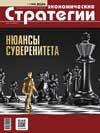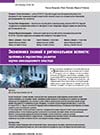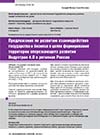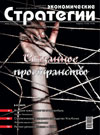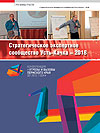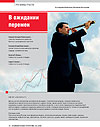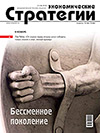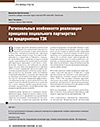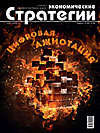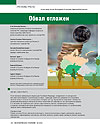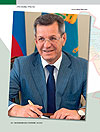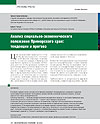DOI: 10.33917/es-1.193.2024.108-117
The article dwells on the author’s concept of implementing the industrial policy of the Russian Federation based on the principles of target-costing, behavioral economics and TBC-costing, permitting to increase the accuracy of planning the cost and price of cluster products; objectivity of settlements between participants of a single end-to-end technological process (USTP). In accordance with the proposed concept, theoretical foundations for implementing the industrial policy of the Russian Federation are developed. Methodology for forming the end-to-end cost of an industrial cluster, cluster-costing, is described, which, unlike the existing one, has a very high accuracy, which in its turn contributes to more efficient implementation of the industrial policy of the Russian Federation. The author presents a new method for conducting factor analysis of a clustercosting, which allows us to more accurately identify the reasons for deviations of the actual cluster-costing from the planned value, determine the responsibility of each USTP participant, including within the process, as well as obtain a fair mechanism for adjusting the cost of a cluster order. The article proposes an algorithm allowing to manage the cluster order for industrial clusters, taking into account the principle of fairness, which makes it possible to harmonize relationships in the chain “state – enterprises — participants in a single end-to-end technological process.”
References:
1. Federal’nyy zakon ot 29 dekabrya 2012 g. N 275-FZ “O gosudarstvennom oboronnom zakaze” (s izm. i dop.) [Federal Law of December 29, 2012 No. 275-FZ “On State Defense Order” (as amended and supplemented)]. Garant, available at: https://base.garant.ru/70291366/
2. Postanovlenie Pravitel’stva RF ot 2 dekabrya 2017 g. N 1465 “O gosudarstvennom regulirovanii tsen na produktsiyu, postavlyaemuyu po gosudarstvennomu oboronnomu zakazu, a takzhe o vnesenii izmeneniy i priznanii utrativshimi silu nekotorykh aktov Pravitel’stva RF” (s izm. i dop.) [Decree of the Government of the Russian Federation of December 2, 2017 No. 1465 “On state regulation of prices for products supplied under the state defense order, as well as on amending and invalidating certain acts of the Government of the Russian Federation” (as amended and supplemented)]. Garant, available at: https://base.garant.ru/71825654/
3. Federal’nyy zakon ot 5 aprelya 2013 g. N 44-FZ “O kontraktnoy sisteme v sfere zakupok tovarov, rabot, uslug dlya obespecheniya gosudarstvennykh i munitsipal’nykh nuzhd” (s izm. i dop.) [Federal Law of April 5, 2013 No. 44-FZ “On the contract system in the field of procurement of goods, works, services to meet state and municipal needs” (as amended and supplemented)]. Garant, available at: https://base.garant.ru/70353464
4. Federal’nyy zakon ot 31 dekabrya 2014 g. N 488-FZ “O promyshlennoy politike v Rossiyskoy Federatsii” (s izm. i dop.) [Federal Law of December 31, 2014 No. 488-FZ “On Industrial Policy in the Russian Federation” (as amended and supplemented)]. Garant, available at: https://base.garant.ru/70833138/


